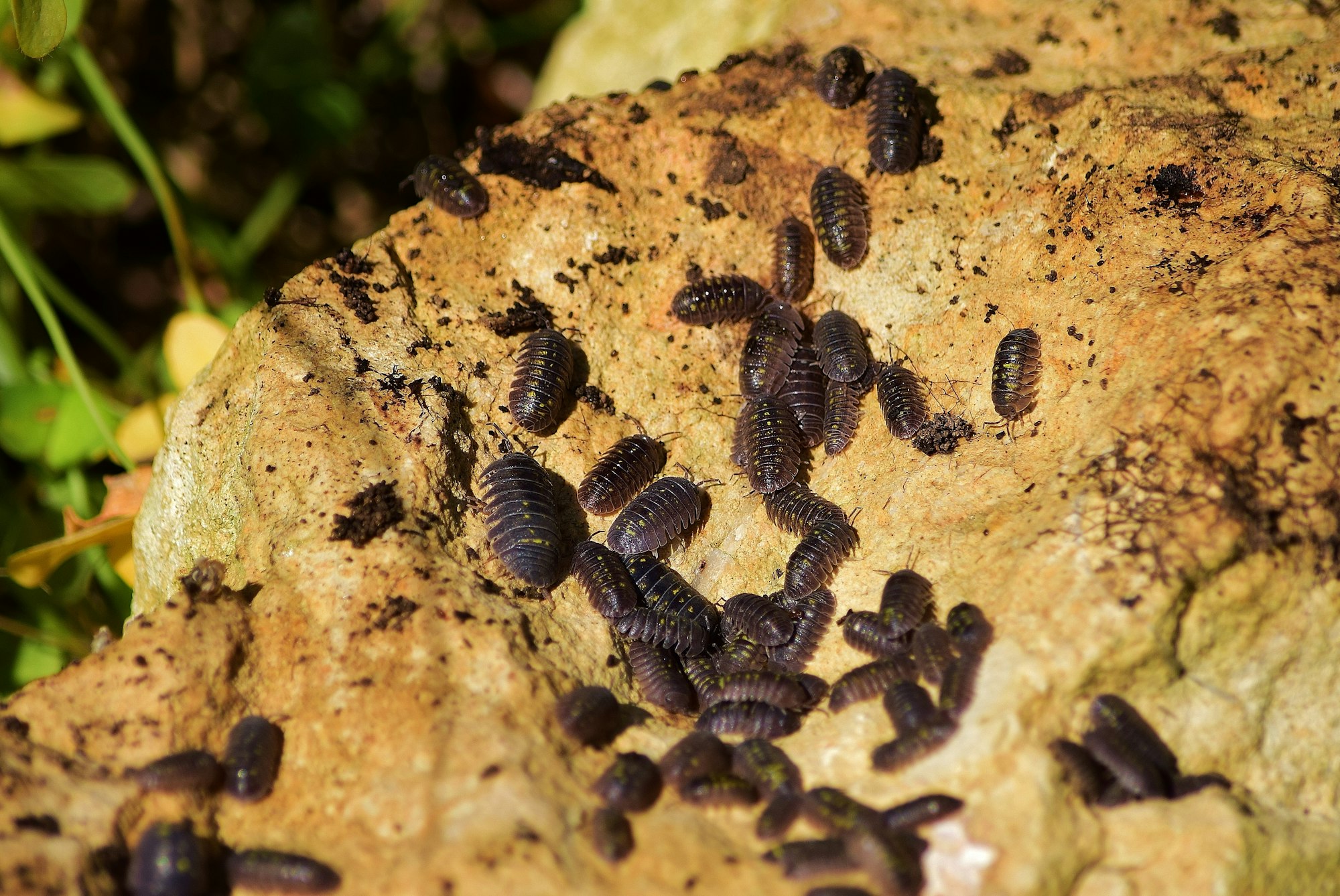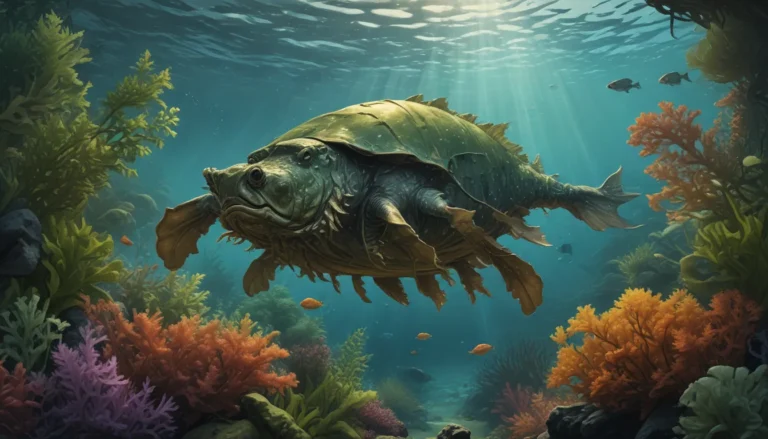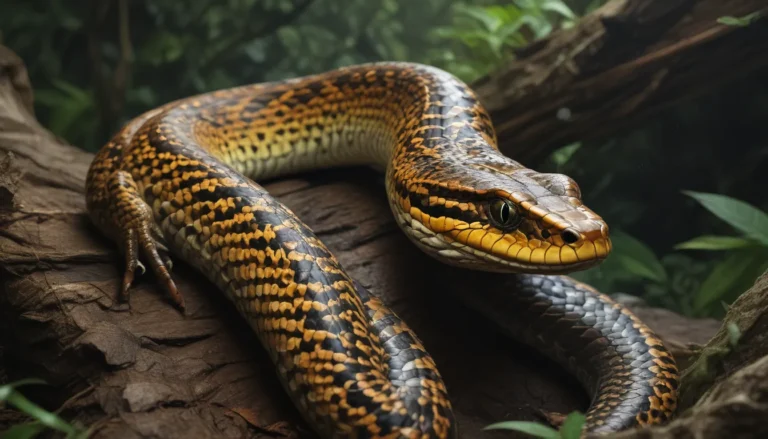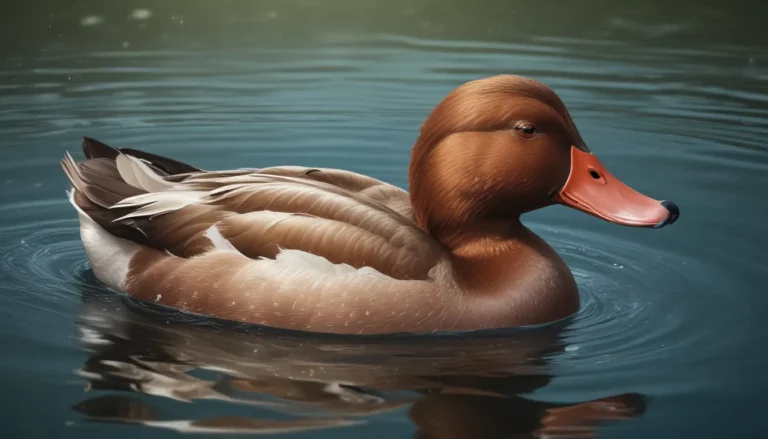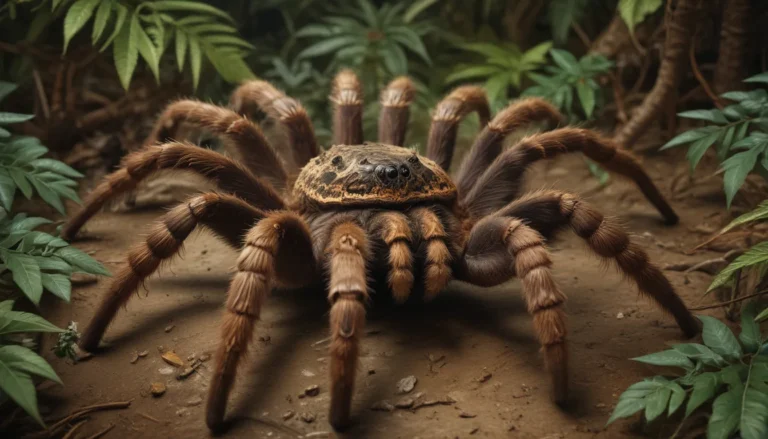The pictures we use in our articles might not show exactly what the words say. We choose these pictures to make you interested in reading more. The pictures work together with the words but don’t take their place. The words still tell you the important facts.
Have you ever stumbled upon a group of small, segmented creatures scurrying away when you lift a rock or a log in your garden? Chances are, you've just encountered woodlice! These fascinating little critters are often overlooked, but they play a crucial role in our ecosystems. In this blog post, we'll explore 10 interesting facts about woodlice that will make you see these tiny creatures in a whole new light.
What Are Woodlice?
Before we dive into the fascinating facts, let's quickly introduce our star creatures. Woodlice are small, land-dwelling crustaceans that belong to the order Isopoda. Despite their name, they're not actually related to lice at all. These humble creatures are found all over the world and have been quietly going about their business for millions of years.
Now, let's uncover some surprising facts about woodlice that will make you appreciate these little recyclers even more!
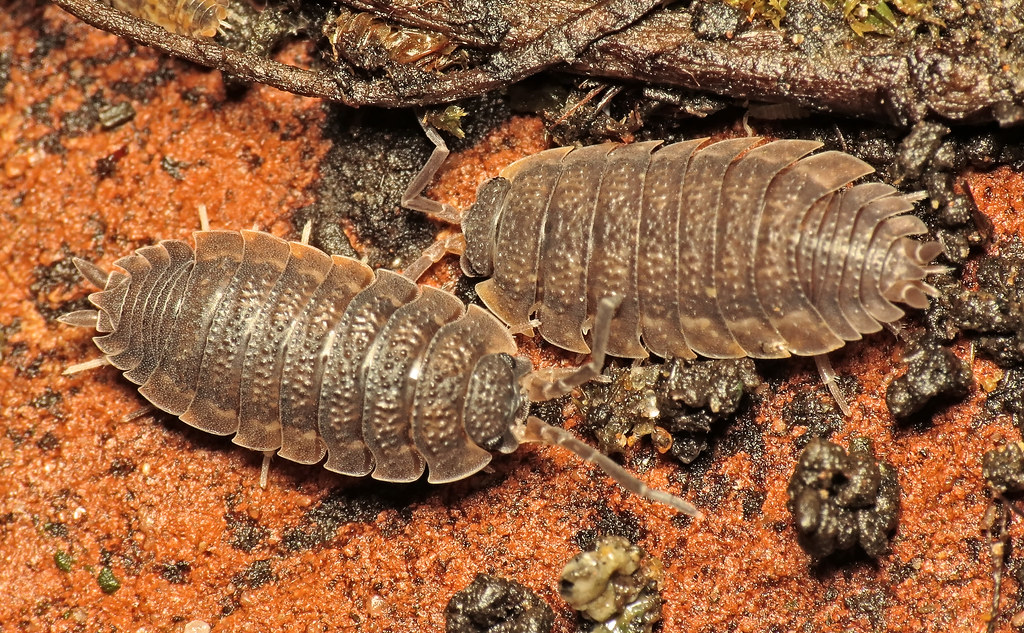
1. Woodlice Are Actually Crustaceans, Not Insects
Surprise! Despite their bug-like appearance, woodlice are not insects at all. They're actually crustaceans, more closely related to lobsters and crabs than to ants or beetles. This makes them the only crustaceans that have fully adapted to life on land. Pretty impressive for such small creatures, right?
2. They’ve Been Around for a Really Long Time
Woodlice aren't just fascinating; they're also ancient! The oldest known woodlice fossils date back to the mid-Cretaceous period, about 100 million years ago. These fossils have been found in amber deposits in Spain, France, and Myanmar. But scientists believe that woodlice might have been around even longer, possibly originating during the Carboniferous period. That means these little guys have been crawling around on Earth for longer than many dinosaurs!
3. Woodlice Are Expert Recyclers
One of the most important roles woodlice play in our ecosystems is that of recyclers. These tiny creatures are detritivores, which means they feed on dead and decaying plant matter. By breaking down this organic material, woodlice help recycle nutrients back into the soil, making them available for plants to use. So next time you see a woodlouse in your garden, remember it's doing its part to keep your plants healthy!
4. They Come in Many Shapes and Sizes
While the woodlice you're most familiar with might all look similar, there's actually a wide variety of species out there. In fact, there are over 3,000 known species of woodlice, ranging in size, color, and adaptations. Some can even roll up into a ball for protection, earning them the nickname "pill bugs" or "roly-polies."
5. Woodlice Have a Unique Breathing System
Unlike insects that breathe through spiracles, woodlice have a fascinating respiratory system adapted for life on land. They have special structures called pleopodal lungs, which are located on their hind legs. These "lungs" allow woodlice to extract oxygen from the air, but they need to stay moist to function properly. That's why you often find woodlice in damp, dark places.
6. They’re Masters of Moisture Conservation
Speaking of staying moist, woodlice have developed some clever tricks to conserve water. Their exoskeleton is covered in tiny scales that help reduce water loss. Some species can even drink through their anus! This unusual ability helps them reabsorb water from their waste, allowing them to survive in drier environments.
7. Woodlice Are Devoted Parents
When it comes to parenting, woodlice go above and beyond. Female woodlice carry their eggs in a special pouch called a marsupium, located on the underside of their body. Once the eggs hatch, the young woodlice, called mancae, remain in the pouch for several days, receiving care and protection from their mother. Talk about dedicated parenting!
8. They Have an Unusual Molting Process
Like other arthropods, woodlice need to molt as they grow. However, their molting process is quite unique. Instead of shedding their entire exoskeleton at once, woodlice molt in two stages. They first shed the back half of their exoskeleton, and then a few days later, they shed the front half. This two-step process helps them stay protected during this vulnerable time.
9. Woodlice Have a Surprising Number of Legs
While insects have six legs, woodlice sport an impressive seven pairs of legs. That's right, these little crustaceans have 14 legs in total! This extra set of legs gives them their characteristic scurrying movement and helps them navigate through soil and debris with ease.
10. Some Woodlice Have Returned to the Water
Although most woodlice have adapted to life on land, some species have actually returned to aquatic environments. For example, the sea slater (Ligia oceanica) lives in the marine intertidal zone, while some species of Haloniscus are found in Australia's inland waters. These water-dwelling woodlice remind us of their crustacean origins and showcase the remarkable adaptability of these creatures.
Frequently Asked Questions About Woodlice
To wrap up our exploration of these fascinating creatures, let's address some common questions about woodlice:
Are woodlice harmful to humans?
No, woodlice are completely harmless to humans. They don't bite, sting, or carry diseases.
Do woodlice damage plants?
Generally, woodlice feed on dead plant matter and don't harm living plants. However, in very large numbers, they might nibble on soft, young seedlings.
How can I encourage woodlice in my garden?
To attract woodlice, provide them with damp, shady areas and plenty of organic matter. A pile of leaves or a log can make a perfect woodlouse habitat.
What eats woodlice?
Woodlice have many predators, including birds, frogs, spiders, and centipedes. They play an important role in the food chain.
Can woodlice be kept as pets?
Yes, some people keep woodlice as low-maintenance pets or as part of a terrarium ecosystem. They're easy to care for and can be fascinating to observe.
Conclusion
From their crustacean heritage to their vital role as nature's recyclers, woodlice are truly remarkable creatures. These 10 facts about woodlice only scratch the surface of what makes these tiny animals so interesting. Next time you spot a woodlouse in your garden or under a log, take a moment to appreciate these ancient, adaptable, and essential members of our ecosystem. They may be small, but their impact on our world is anything but!
